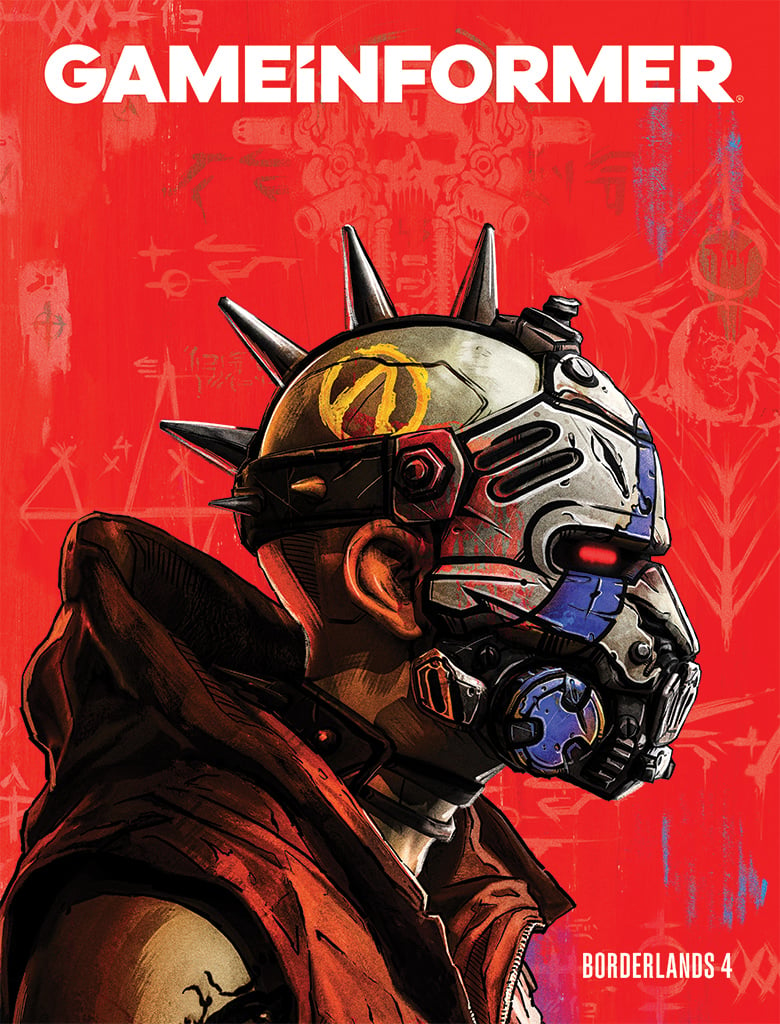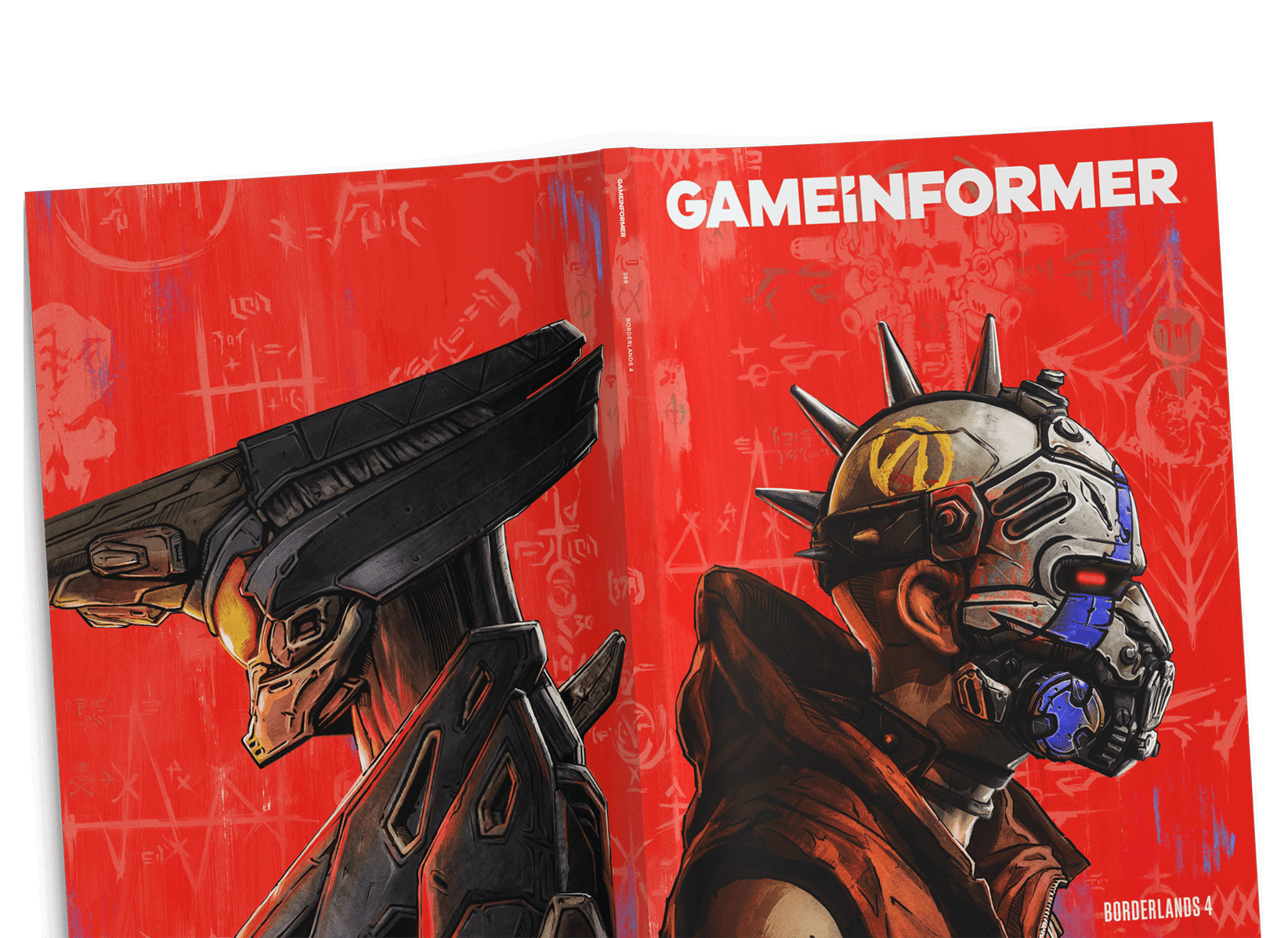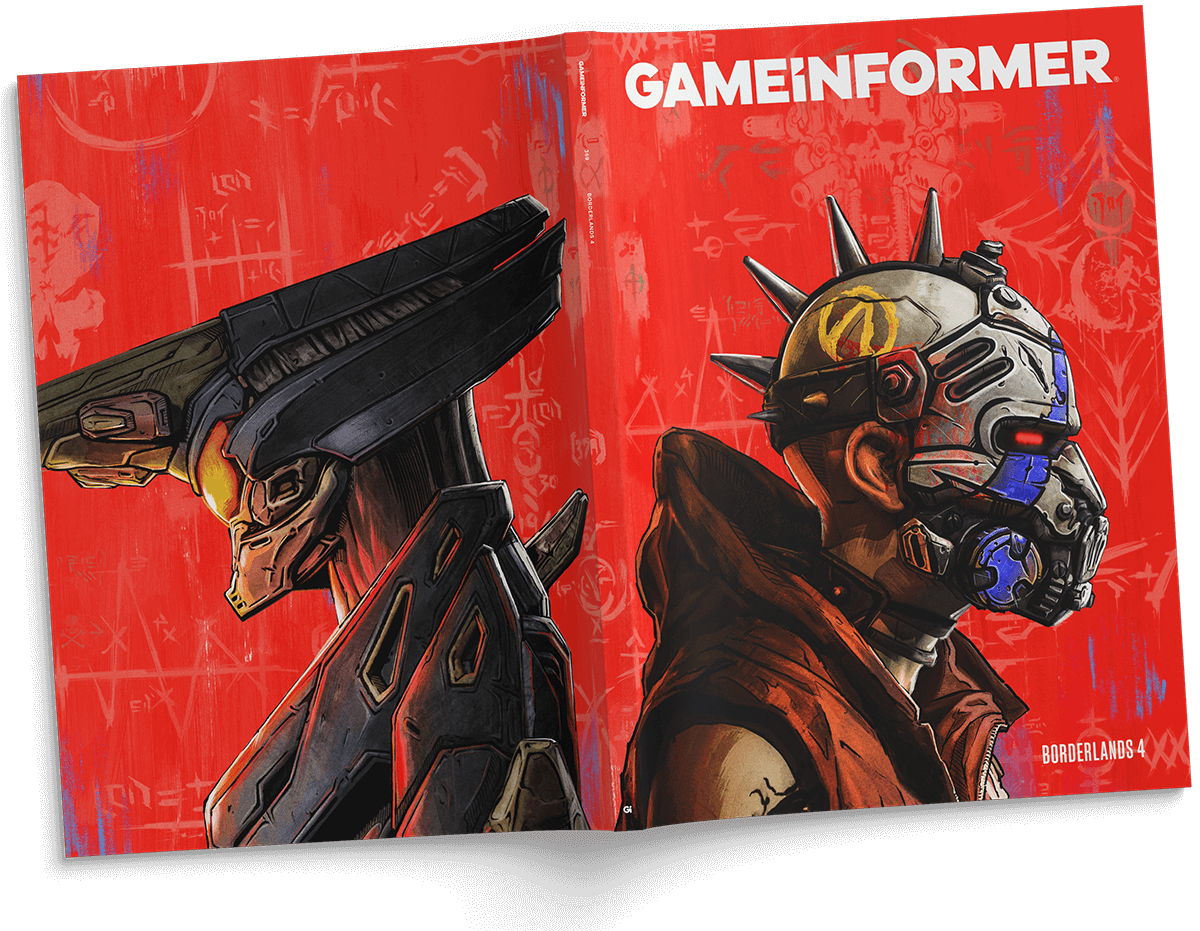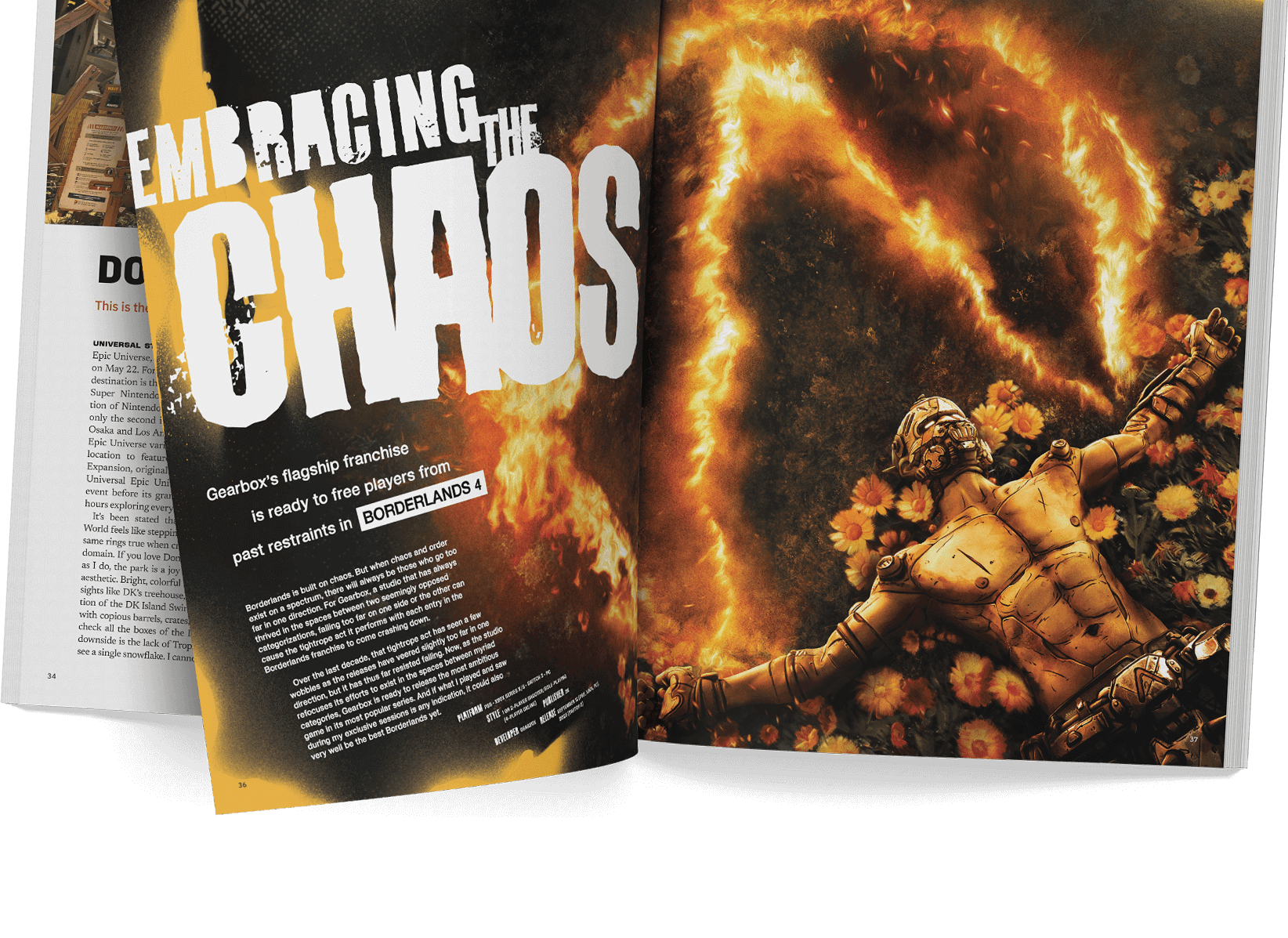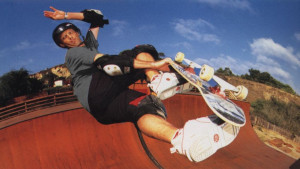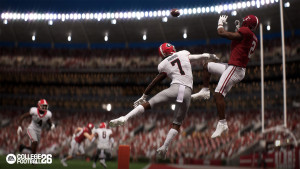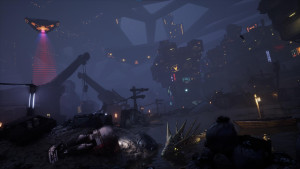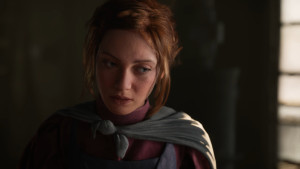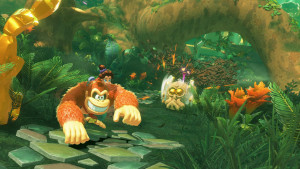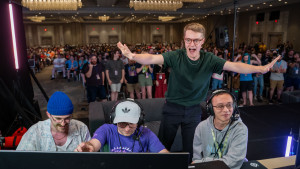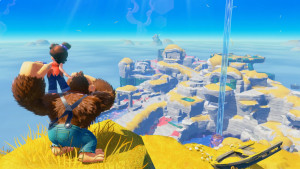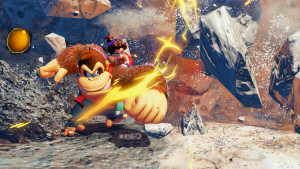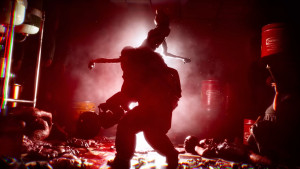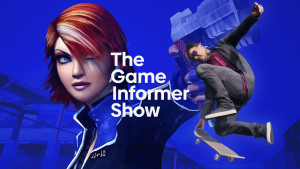Be the first to get Game Informer’s August Issue! Subscribe Now
Prototype 2 Review
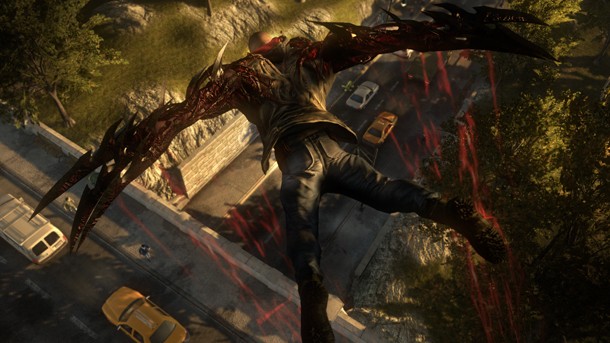
When the first Prototype released in 2009, it did a lot of things right: traversing the towering skyscrapers of New York City, stealing the identity of anyone you see, and forming weapons out of your character’s grotesquely morphed appendages. It fell short with a frustrating combat system, lackluster visuals, and inconsistent missions. Prototype 2 feels like a well-heard response to fan feedback, addressing nearly every issue from the original.
Over a year after the events of Prototype 1, New York is overrun yet again by the Blacklight virus. Former protagonist Alex Mercer has gone completely to the dark side, and new hero James Heller is out for revenge against Mercer for causing the outbreak that killed his family. Before long, Mercer grants his viral powers to Heller, seeing potential in the experienced soldier and hoping to win him as an ally.
Mercer slides easily into the antagonist role, since he was always more of an antihero. Heller reminds me of God of War’s Kratos, focused entirely on revenge with his emotions set constantly on angry. With him, Radical essentially traded in one story cliché (amnesia) for another (dead wife and kid). The arc hits all the familiar beats along the way without dropping any silly twists. Character interactions unfold in pre-rendered cutscenes, displayed in stylish black and white with red highlights. Except for confronting Mercer from time to time, they primarily exist so that Heller can threaten people or abruptly walk out when he’s got the gist of the next mission. Fortunately, these story-delivery nuggets fly by quickly, keeping you out in the action as much as possible.
Bouncing through the city and pounding the hell out of everything is the real focus here. The city traversal is some of the best I’ve seen. Like Mercer before him, Heller can sprint up a skyscraper in seconds, dash and glide through the air, and commandeer tanks and helicopters – but now the controls feel more natural. I loved how quickly I could zip across the whole city to a mission in no time and still land on a dime or flee a strike team and transform in a dark alley to escape.
The mobility improvements are nice, but combat has evolved even more. Instead of constantly fiddling with a weapon wheel, two powers are mapped to separate face buttons, allowing you to mix up ground-pounding Hammerfist area attacks with speedy melee claws. Or maybe you’d prefer pairing an arm blade with the long-range Whipfist that can cut groups of enemies in half. A new power extends tendrils from your arm and strings up a target, leaving it vulnerable to limb-slicing or other special attacks. Especially cool is its charged black hole attack that goes into the enemy, shoots out a bunch of tentacles, and pulls in surrounding debris.
New defensive options make Heller feel like a complete combat package rather than Mercer’s tendency to get caught up in a volley of Hunter punches or missiles with little chance of escape. The shield is easily accessible at all times, and it doesn’t ever break. Time it right and you can even reflect rockets or counter melee attacks with a shield bash covered in long spikes. You can also easily flip over enemies when they attack and start slashing from behind. I felt like I had to run away from battle to recharge a lot less this time around.
The difficulty remains relatively mild with a challenging flare-up here and there, but it never gets cheap. While most of the missions aren’t too tough on their own, many of them contain an Assassin’s Creed-style bonus objective for extra experience. Sometimes you simply have to try out a brand-new power, but other times you have to fight a huge infested monster without getting hit, for example. Overall, these objectives are easier to pull off than AC’s, but I always appreciate when developers hint at a unique way to solve a problem to pull me out of methods I’ve settled into.
You’ll be tracking targets to consume with a city-wide sonar ping, putting down infected monstrosities, busting/sneaking into bases, chasing creatures along the rooftops, posing as a Blackwatch soldier. Some stretches feel a little repetitive, but things always pick back up soon enough, especially at the end. The final boss puts all of your powers to the test, and is much more narratively significant than the previous final boss. Unfortunately, the by-the-numbers, post-battle wrap-up doesn’t leave much of an impact.
You could just stick to the core objectives and get through the game quickly, but it’s wise to keep up with the extra Blacknet missions as well. They provide unique tasks, more evolution points, and unique mutation upgrades. These mutations work outside the standard leveling system offering bonus range or damage to certain powers, faster hijack speed, and more. They can also be obtained by picking up black boxes scattered throughout the city, taking down hidden Blackwatch squads, and clearing underground lairs. Don’t worry, there are far fewer than the hundreds of floating orbs in the original, and the brilliant in-game hint system ensures that you can find everything without cracking open a guide once.
Prototype 2 has officially redeemed this franchise. The mechanics feel the way you wished they would have in the first installment, and it’s a rush to abuse your incredible powers any way you see fit. If you’ve stayed away from the first game because of the lackluster word of mouth, don’t hesitate to jump right into the sequel. A slick video catches you up on everything right out of the gate so there’s no excuse to miss this taste of ultimate viral power.
